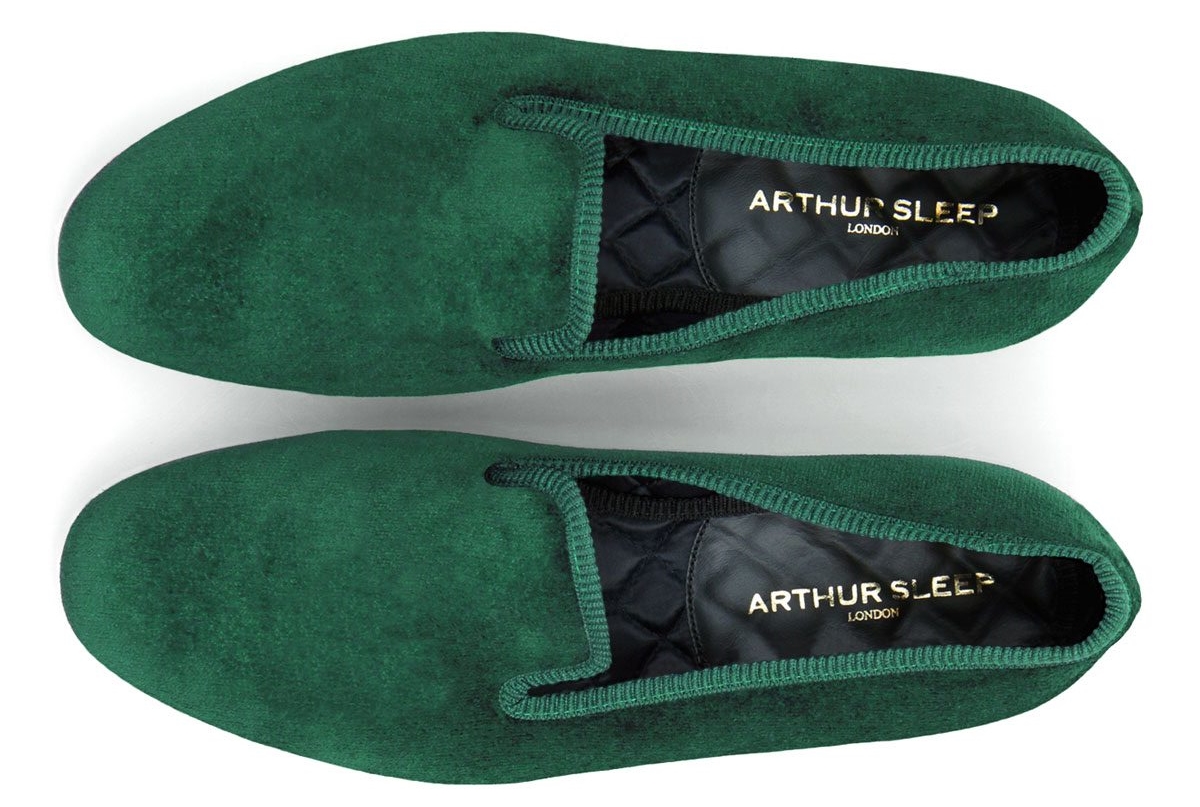On my blog, I have a series of articles which are called Model Archive, this series is unique in the world. Many may feel confused that if I want to know a certain model, I can find them on official website, right? Wrong! In the long history of these brands, so many models are buried everywhere and even the brand itself cannot identify, which I had first hand experience with French shoemaker Heschung and Aubercy.
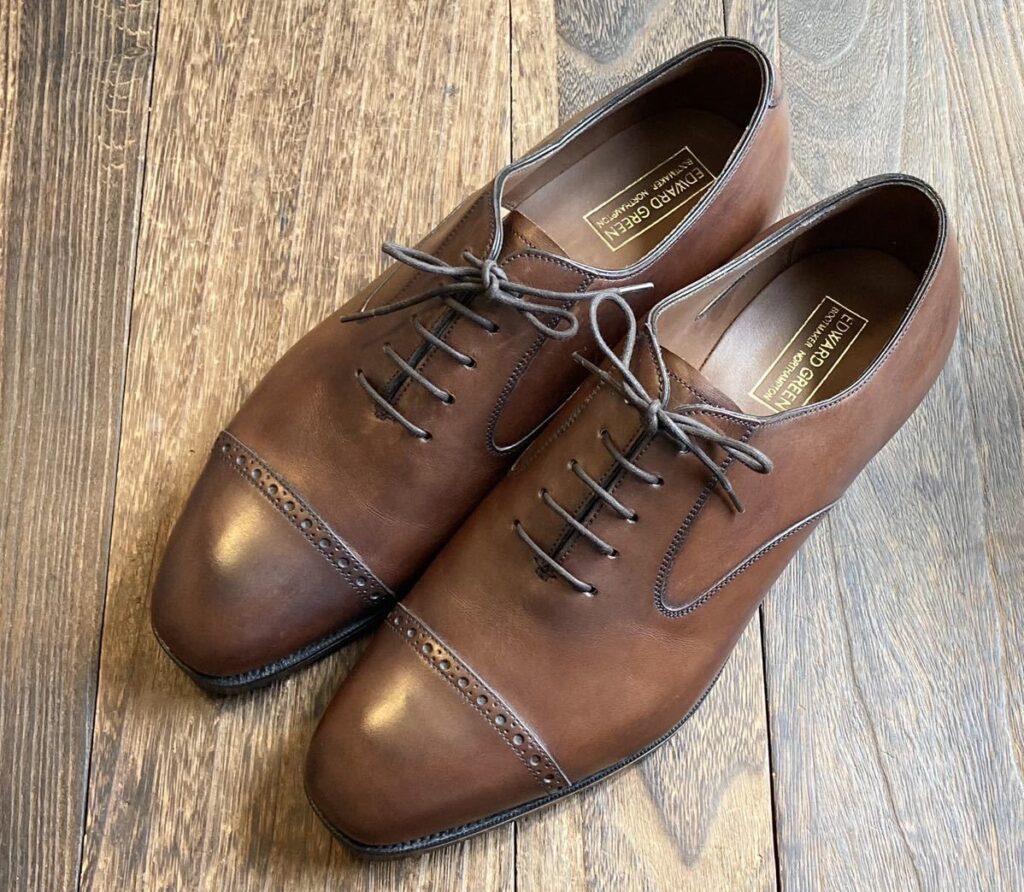
In the process of compiling these archives, I found an interesting phenomenon, that every brand loves to call their inhouse slipper Albert.
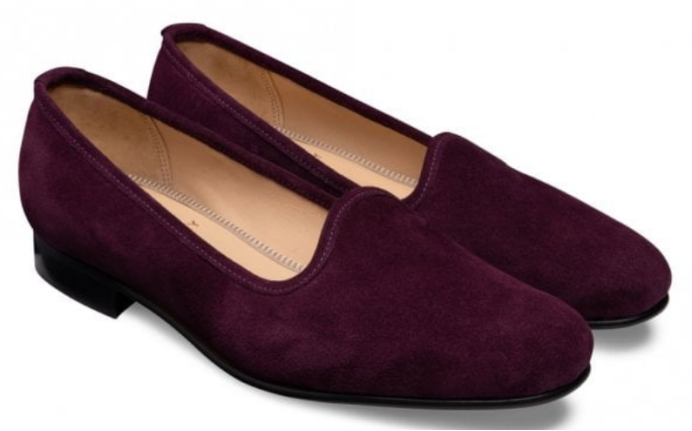
This is a pair of loafer, more precisely, it is dress slipper.
Slipper has a very long history which is understandable as it has the simplest construction and usage. Dress slipper was only invented in Victorian era, and its original name was Prince Albert Slipper, in which Albert is the husband of Queen Victoria.

It is rumoured this pair was invented by Pirnce Albert himself, he reduce of size of openning to cover more instep, lining was set to quilted silk and upper velvet.
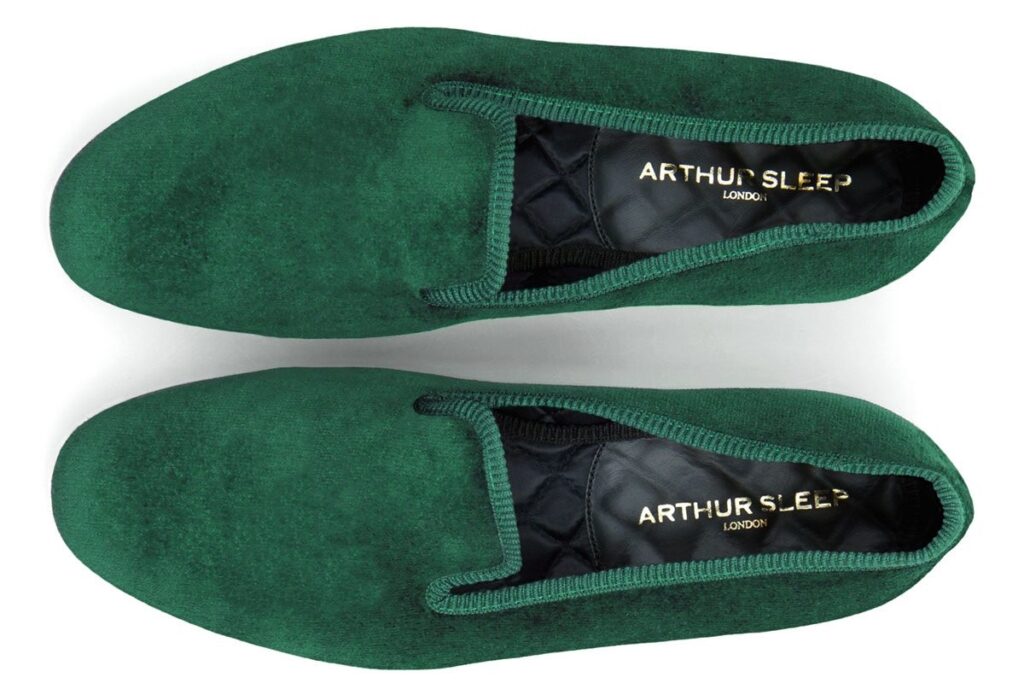
As a slipper, its function started from inhouse and matches Dinner Jacket. In the club, this pair is very comfortable for smoking as well. Gradually, you can see careless gentlemen donning them in public.
Then the question is where Prince Albert got his inspiration. Although slipper was not invented by French, English dress slipper did learn from French fashion. Slipper in French is mule, as shoes in bedroom and later becoming formal shoes.
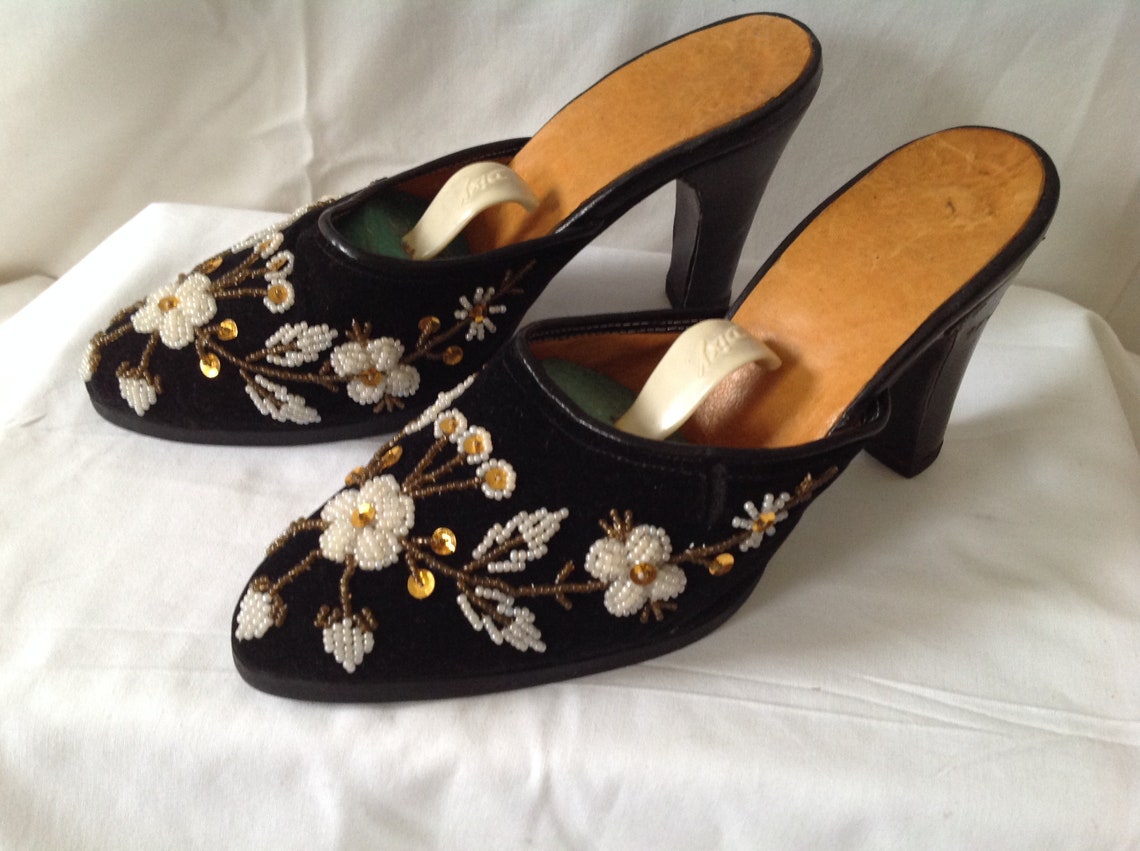
By why slipper became formal shoes, there was a funny explanantion as ladies wore very long and luxury dresses, shoes were invisible, then why not choose the most comfortable shoes?
That is how Prince Albert used to wear slippers in banquet learning from France. In 1940s, this shoe gained popularity in small communities.
Today, velvet version dress slipper is sold by many brands, but leather upper is also presented.
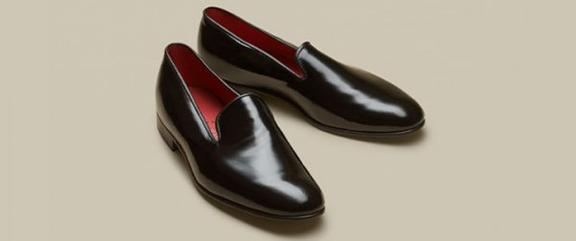
In my eyes, as long as instep is covered more, they can be the close cousin of Albert.
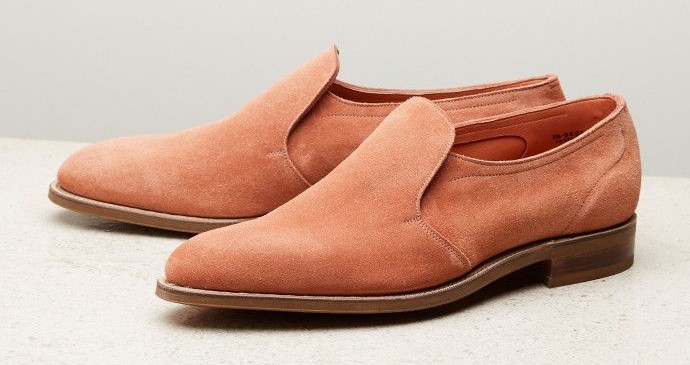
Such as Ewhurst from Edward Green.
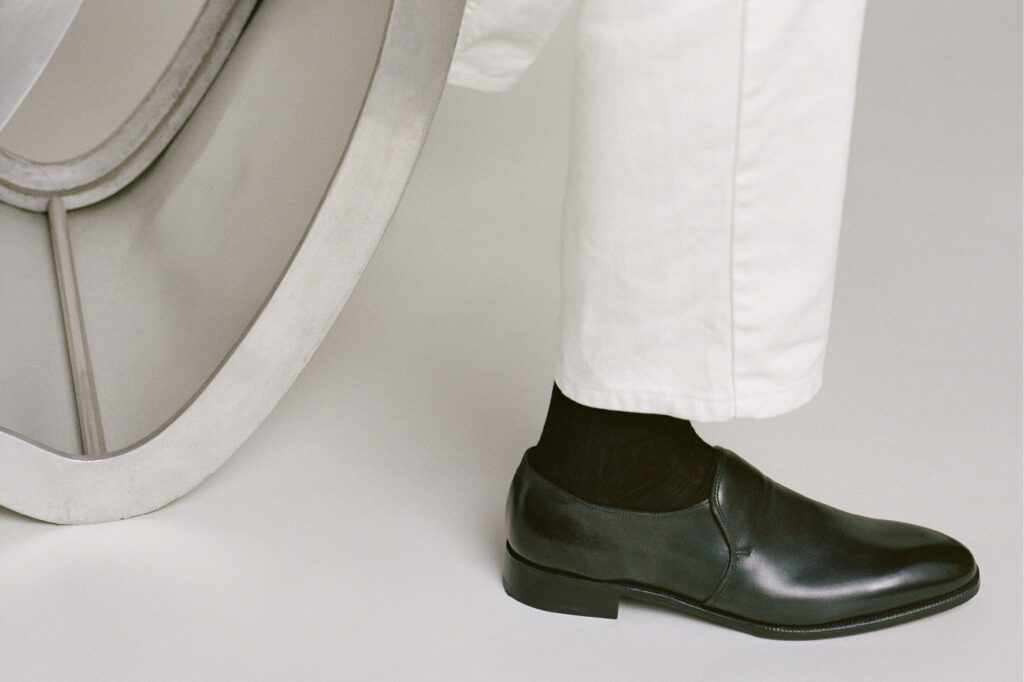
And Edward from John Lobb.

